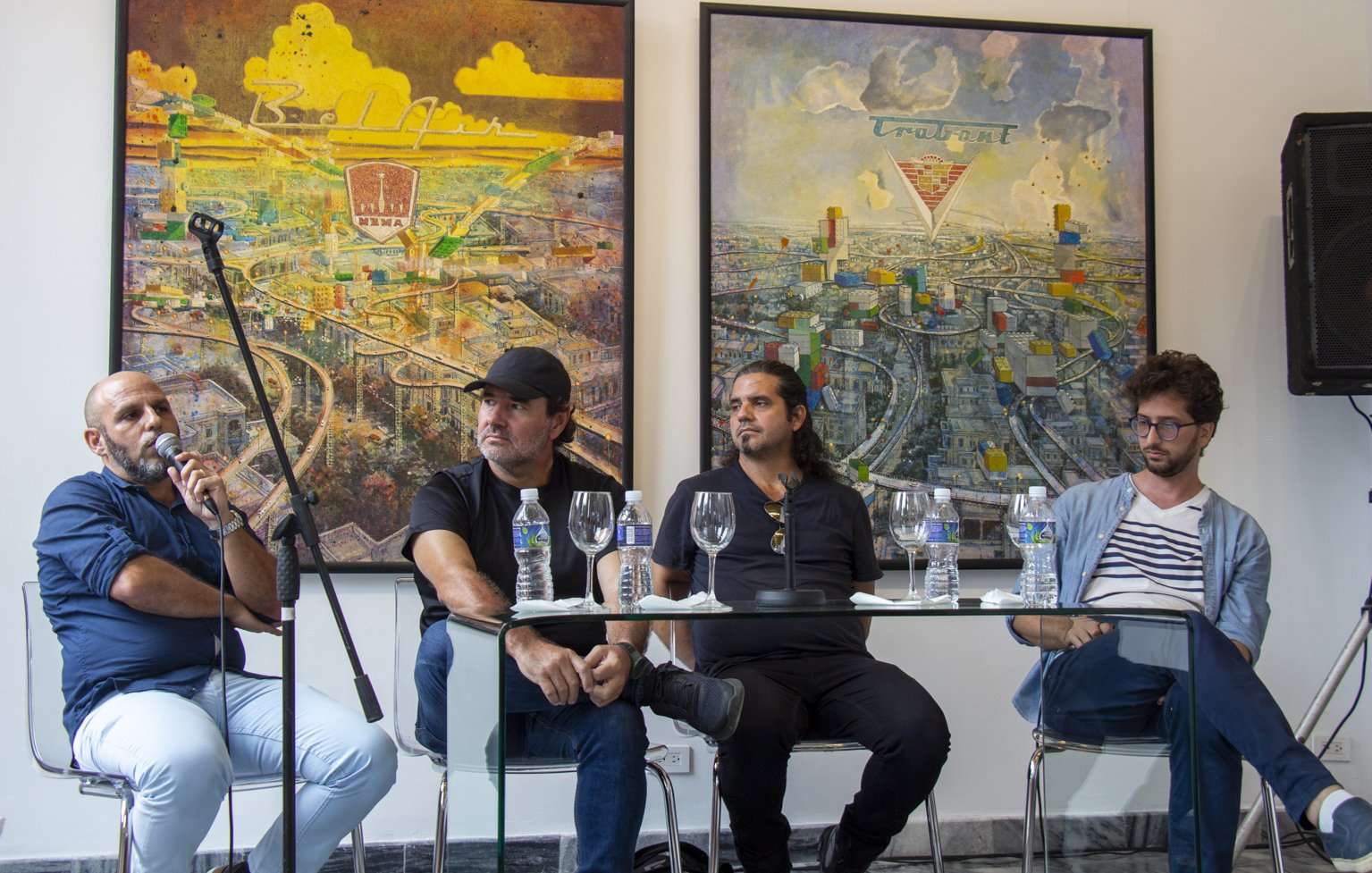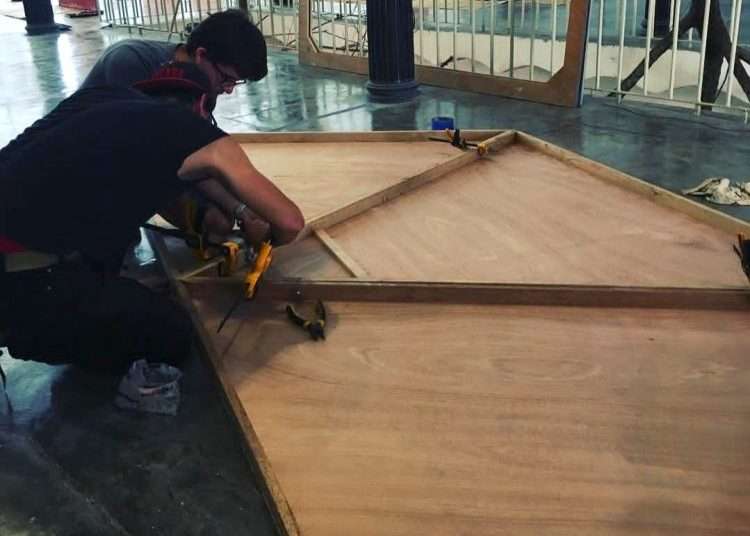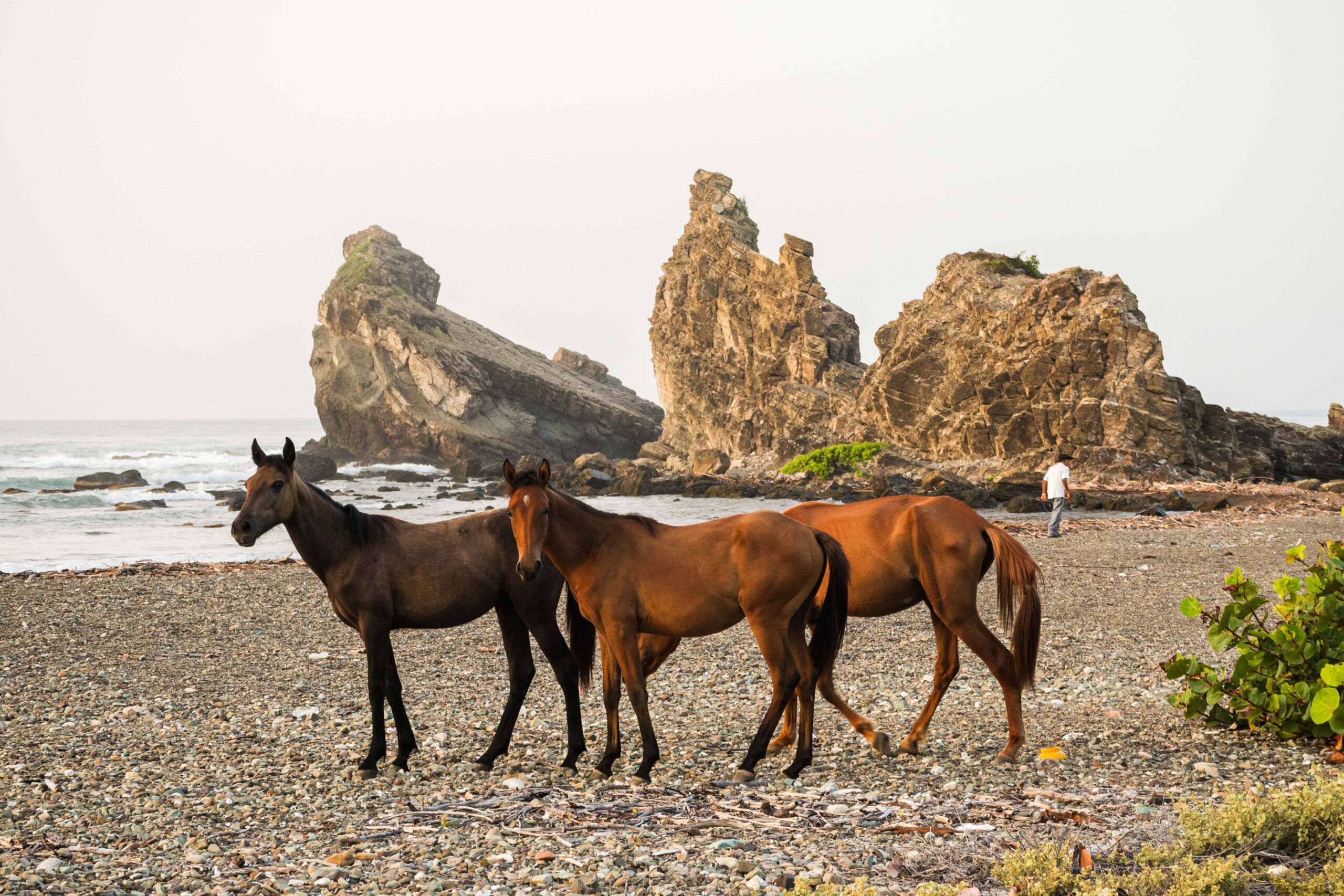Beyond dealing with material needs, any Cuban visual artist who begins his career needs to overcome a whole series of logistical and organizational issues typical of the art market, difficulties that are multiplied in our context.
We are talking about management of social networks and advertising, search for sponsorships or funds for exhibitions, management of sales in galleries or directly with art dealers, in addition to other matters related to economic, legal and organizational aspects. All the above are normal processes for any artist seeking to position himself adequately in a relatively competitive and efficient art market.
In Cuba, the artist often resorts to self-management of several of these operations and almost always the economic issue is the justification that is obvious in any debate on the matter, although the problem goes beyond a mere saving of resources or of a personal interest of the artist in monopolizing all the work related to his career.
Two conversations took place in Havana recently, related to the Cuban art market and the self-management of the artist as a resource within the visual arts environment in the country. Artists, specialists, curators, among other people linked to the work of this artistic manifestation on the island participated in them.
The visit of French Jean Minguet, economist and specialist in contemporary art, part of the team of the Artprice.com platform, specialized in the analysis of the art market worldwide, gave us an overview of how the international art market moves, without dwelling much on national specificities, as expected. The meeting led to other visits by specialists to gallery spaces in the Cuban capital.
A propósito de la muestra What's real/art y de la visita a Cuba de Jean Minguet, especialista de #Artprice, @HabanaGaleria acogió un interesante debate sobre #NFT en el que participaron artistas, críticos y curadores #NFTCommunity #nftcollector #cubanart https://t.co/FnDdeNqIRZ pic.twitter.com/d1IdEeLxHr
— Génesis Galerías de Arte (@galerias_arte) May 18, 2022
Artprice is a private company that manages invaluable information regarding the price, market, econometrics and trends of contemporary art, aspects that are practically unknown to those who try to carry forward the almost non-existent Cuban art market.
Delving into the twists and turns of the modern art market is a task for specialists on the subject, a somewhat complicated matter for those who dedicate themselves exclusively to these issues, let alone for an artist whose main function is creation, with all the preparations and vicissitudes that the process itself entails.
Hence, self-management, beyond being an achievement or a subsistence mechanism for the Cuban creator, often becomes a problem (yet another one) with which many Cuban artists have to deal, accustomed to the extra workload.
Minguet’s lecture served in a certain way to make us realize once again the need to structure a national market and, more importantly, the training of specialists capable of carrying out a solid structure that supports the name of Cuban art outside of Cuba, without ruling out the economic issue, which is still present.
Shortly after, this meeting of the French specialist prompted another panel about the artist as a self-manager in the visual arts scene in the country, this time with the participation of Cuban creators as guests, who presented their experiences and addressed significant issues regarding the artist-manager subject.
The Galería Máxima space welcomed Rafael Villares, Duvier del Dago, Douglas Pérez Castro and Luis Enrique Camejo, who, beyond reflecting an anecdote of personal experiences on work and the vicissitudes experienced in their careers, addressed other important points, perhaps pending, from the previous meeting with Minguet in the theater of the National Museum of Fine Arts (MNBA).

The space, moderated by the young specialist Karla Ochoa, graduate and professor in Art History, served to bring up the controversy about the convenience or not of the logistical work assumed by the artists, apart from their creative process and how these related tasks influence on-site creation.
Although the same economic situation has led more and more artists to assume different organizational roles in their careers, in the long run it becomes an inconvenience for the full development of the creator, who needs to distance himself somewhat from his creative work by assuming different tasks.
It should be noted that the creative process around a work or exhibition is also sometimes enriched when the artist decides to take on part of the curatorship or the assembly of the pieces, the moderator pointed out at the meeting, a process that helps the formation of young people who start their career in art, in addition to being able to learn about other processes parallel to and subsequent to the creation of the work of art.
In this regard, Duvier del Dago, who also works as a professor at the Higher Institute of Art (ISA), addressed the need for the artist to also know a little about more intellectual processes or those related to criticism and the writing of texts, apart from the theoretical training received in the academy, for which a greater interaction between the faculties of Arts and Letters and ISA is necessary, as part of the enrichment of future professionals, both theorists and artists in training.
Regarding the various paths to self-manage sponsorship, the panelists said that there is not in itself a single path or “little book” to follow. The anecdotes and personal references mentioned during more than an hour of meeting demonstrated that artists must go through an arduous path when seeking financing for creation, for the creation of a painting, sculptures, a performance, installations, among other creative paths.
On the other hand, Adrián Socorro, one of the artists present in the audience, pointed out that greater management and support from the country’s institutions is essential, especially for artists who live in the provinces, more so in the case of self-taught artists, who even have twice the disadvantage than the creators who have passed through the corresponding educational pyramid.
In the case of the island’s plastic arts institutions, they must better assume their logistical work — often expensive —, where the artist ends up assuming costs related to the preparation of an exhibition, which makes proper management by this type of institution even more difficult.
On the other hand, a greater possibility of sales or efficient sales management would make it possible to cover costs and foster the infrastructure of the Cuban art market, which currently depends almost entirely on foreign capital, although the country’s visual arts authorities should take more care to maintain that artistic heritage that has gone to other countries over the decades.
In this regard, Douglas commented on his experience in Holland, where he explained that, beyond a monetary issue, the European nation was interested in preserving its own heritage, with the purchase and conservation of works by local artists, an initiative from which Cuba could learn.
Apart from the collection treasured by the MNBA and the governing role of the National Council of Plastic Arts and the Cuban Fund of Cultural Assets, the country’s galleries should have a greater dissemination of the catalog of their works, as well as provide greater opportunities for the public to know the existing collections in the country, in particular, what is treasured in terms of contemporary Cuban art, where the creation of a museum that safeguards the most recent Cuban creation of recent times is more than necessary.
At the same time, a greater preparation of specialists in art market matters is urgent if one wants to carry out a competent market project today, since many times History of Art graduates go out into the “real” world once they finish their studies with many questions, in a context where the figure of the art dealer or curator is almost a taboo in the country, where private gallery spaces still lack legal power.
Although the legal recognition of open studios has allowed artists a certain economic independence and self-management of their projects, these are small spaces for the dissemination of their work and should not proliferate more than gallery spaces, where there is — or should be — a whole work team to support creators in their intention to enter the market, connecting them with other avenues for future exhibitions and projects. This was highlighted by Camejo Vento in his presentation, in which he added that not many artists are lucky enough to come to a space like Máxima, which helps the artist in matters that are somewhat unrelated to his work.
Spaces like this panel are necessary to question where the future of the national market should go, after several years of trying to finally take off, pointed out Villares, one of the Cuban artists who recently participated in the 2022 Venice Biennale, who referred to the fact that there is more work to be done so that the art made in Cuba reaches more homes, in a desire that many share and that they hope will not take long to be fulfilled.










